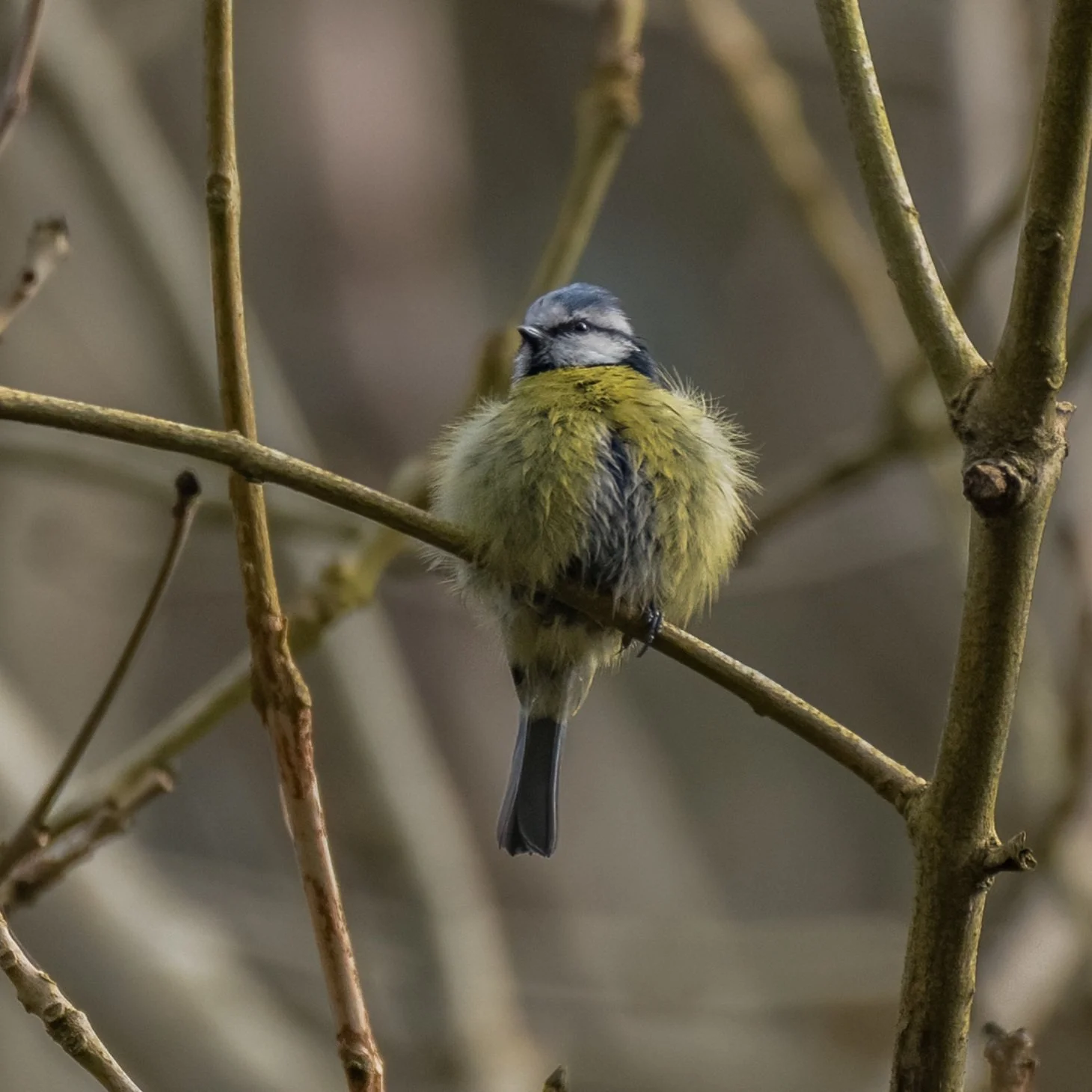Wildlife at the Park
From its beginnings as a traditional Wildlife park with kept animals, the Wildlife Park has always had a connection to education. Although modern attitudes have changed the intention has always been to inspire and inform. The Wildlife Parks demise as a Zoo was natures gain and with the closing of the park and the slow rewilding over 30 years of very little human interaction the park has become a haven for national and local flora and fauna. Here we will try and give you a snapshot of some of the 700 species that we have documented so far at the wildlife park. We will break this down in three categories. Woodland, Grassland and Aquatic. A full list of documented species can be found below.
Contributors; A huge thank you to:
Tim Higgs
www.timhiggsphotography.com
Tim Higgs has travelled the world armed with his trusty Nikon Camera Gear. He has been photographing and documenting local and far flung landscapes and wildlife for over 15 years. His growing interest and knowledge in wildlife and ornithology is chronicled on travels with his camera. Check out Tims website for more galleries photos.
Dylan Peters
www.wildbristol.uk
Dylan Peters has been the driving force in documenting the ecology of Westbury Wildlife park and in a few short months has documented over 700 species in the 12 acres of the sanctuary. Dylan is committed to nature conservation in the UK seeks to preserve already existing habitats and to create and curate new ones. Visit Dylans website his full catalogue of work.
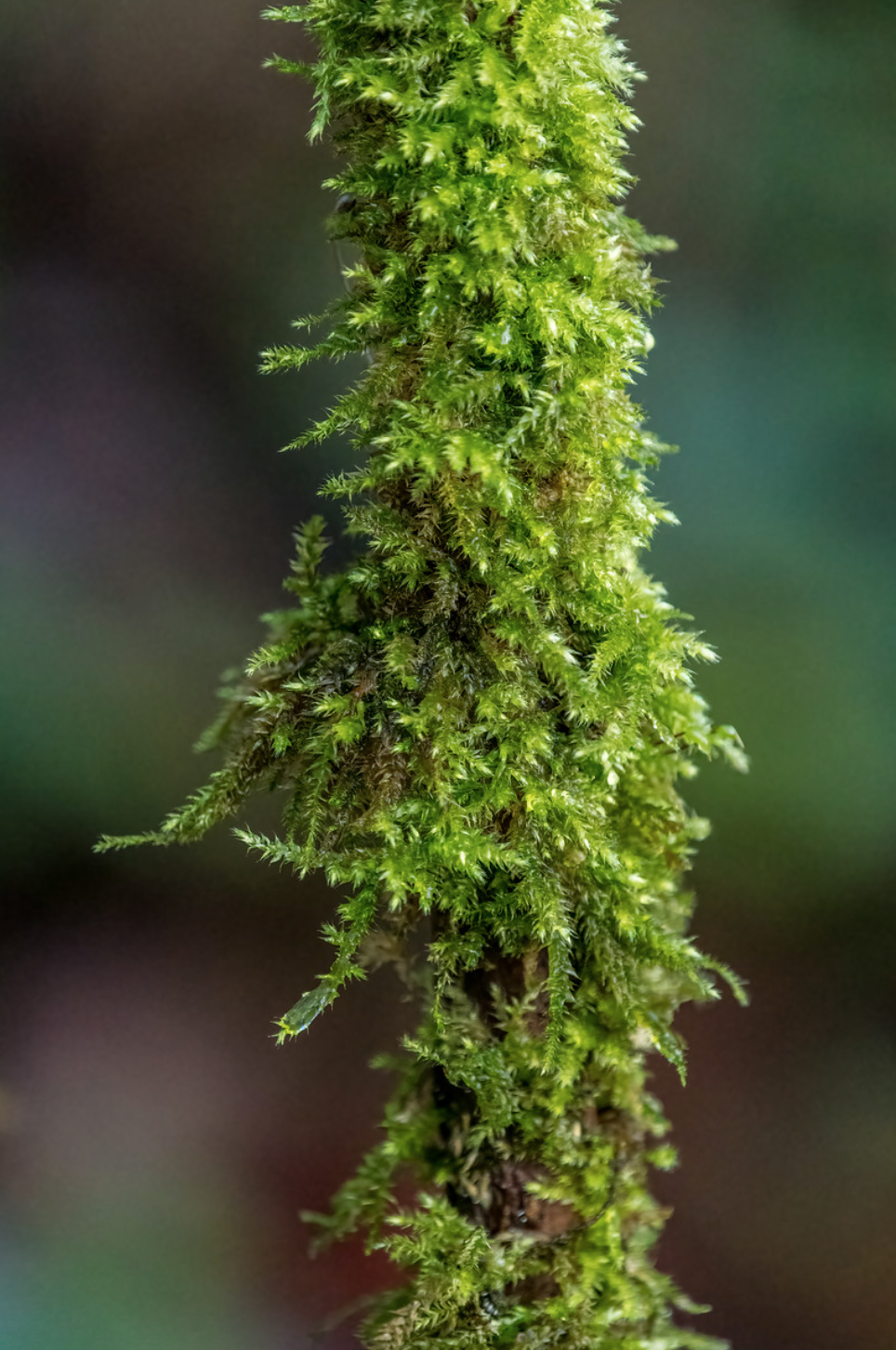

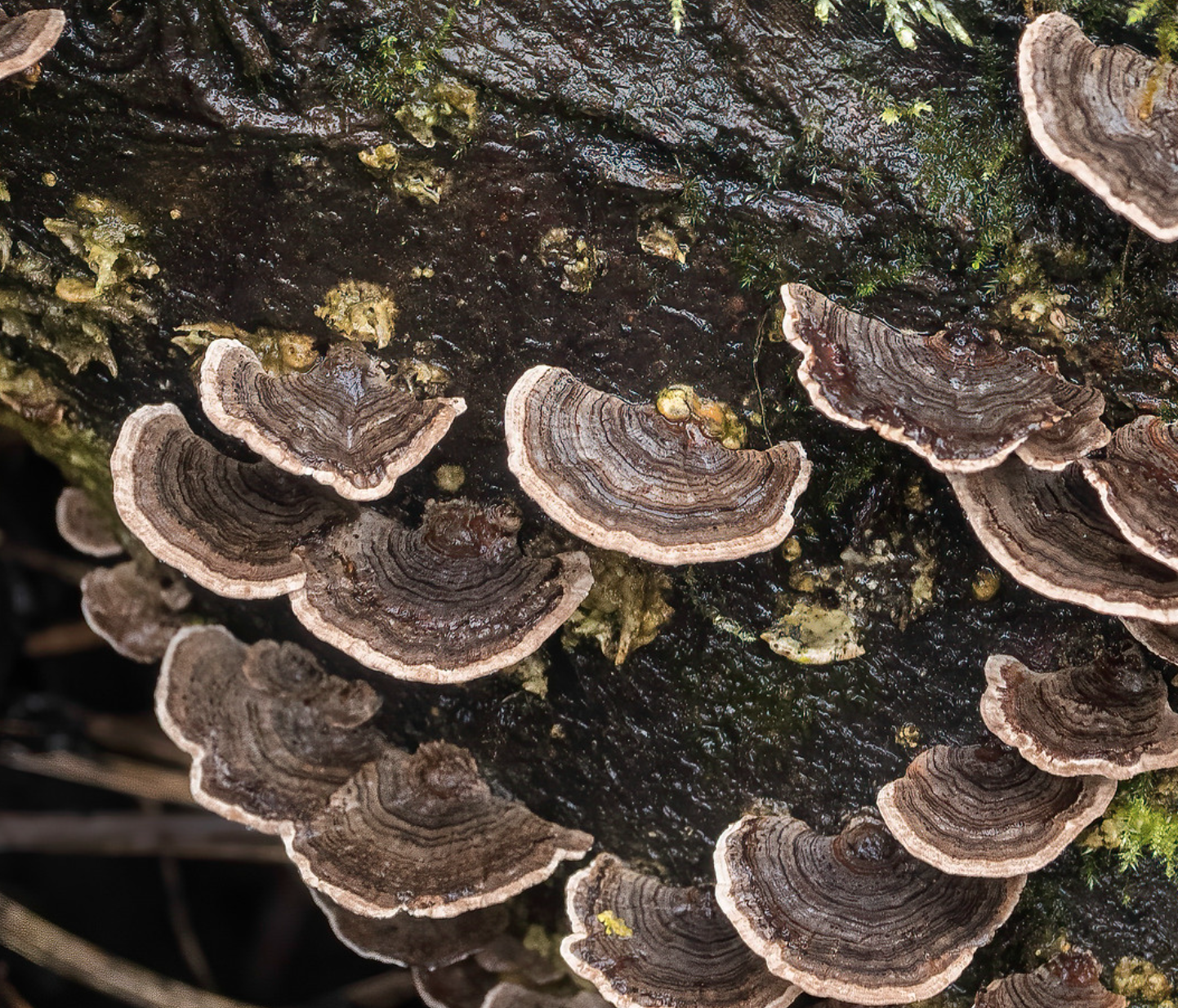


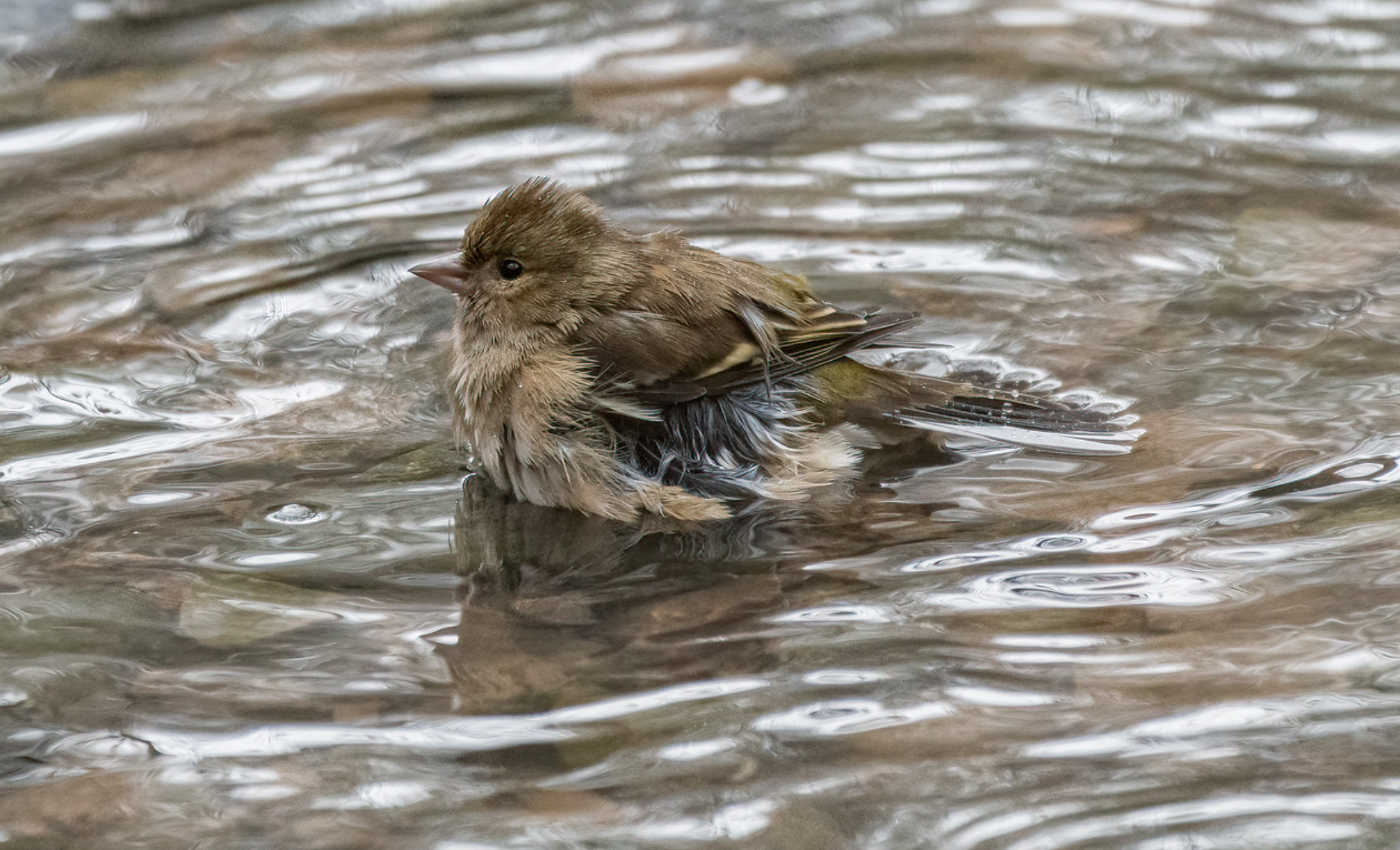


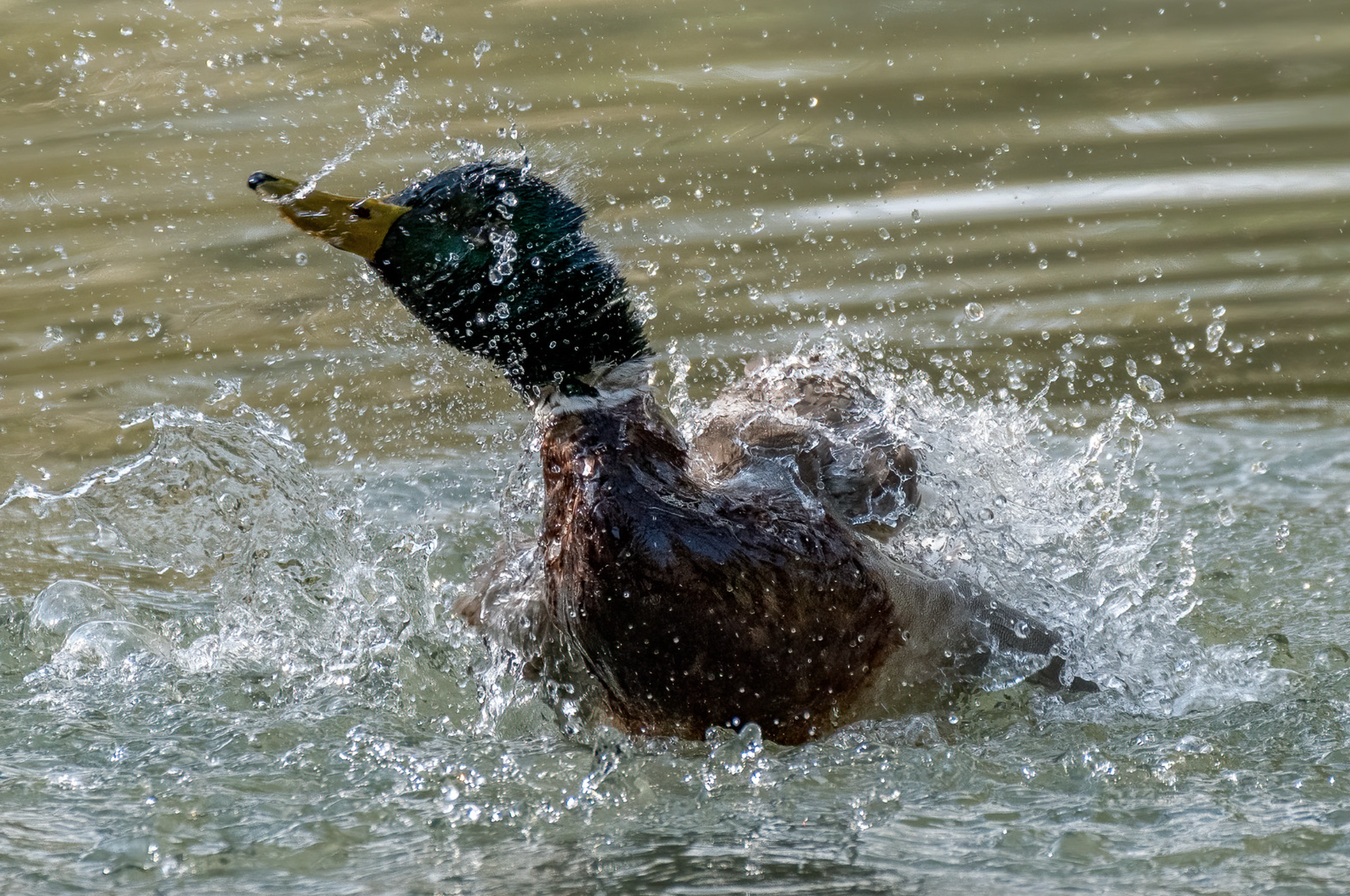













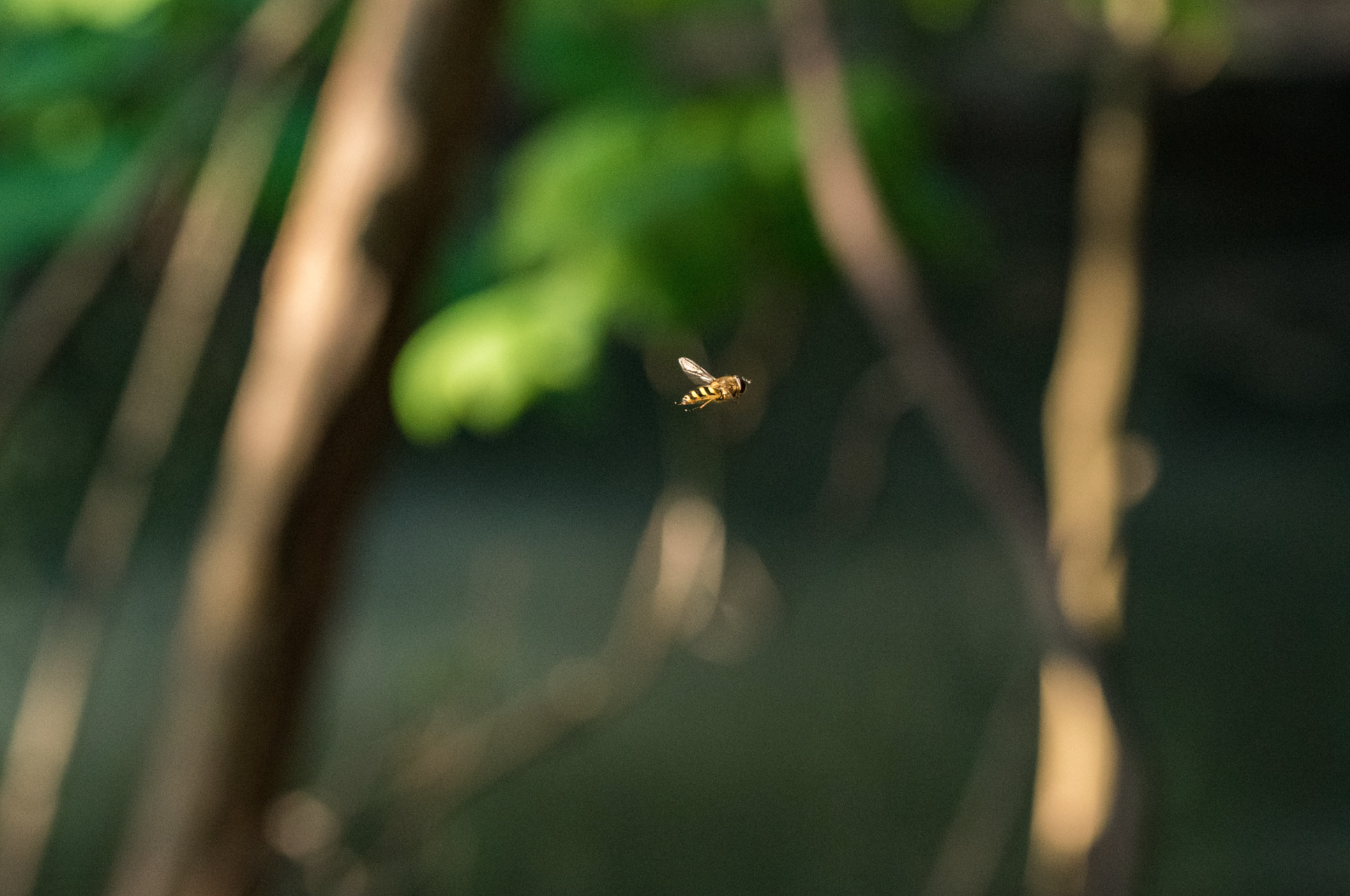

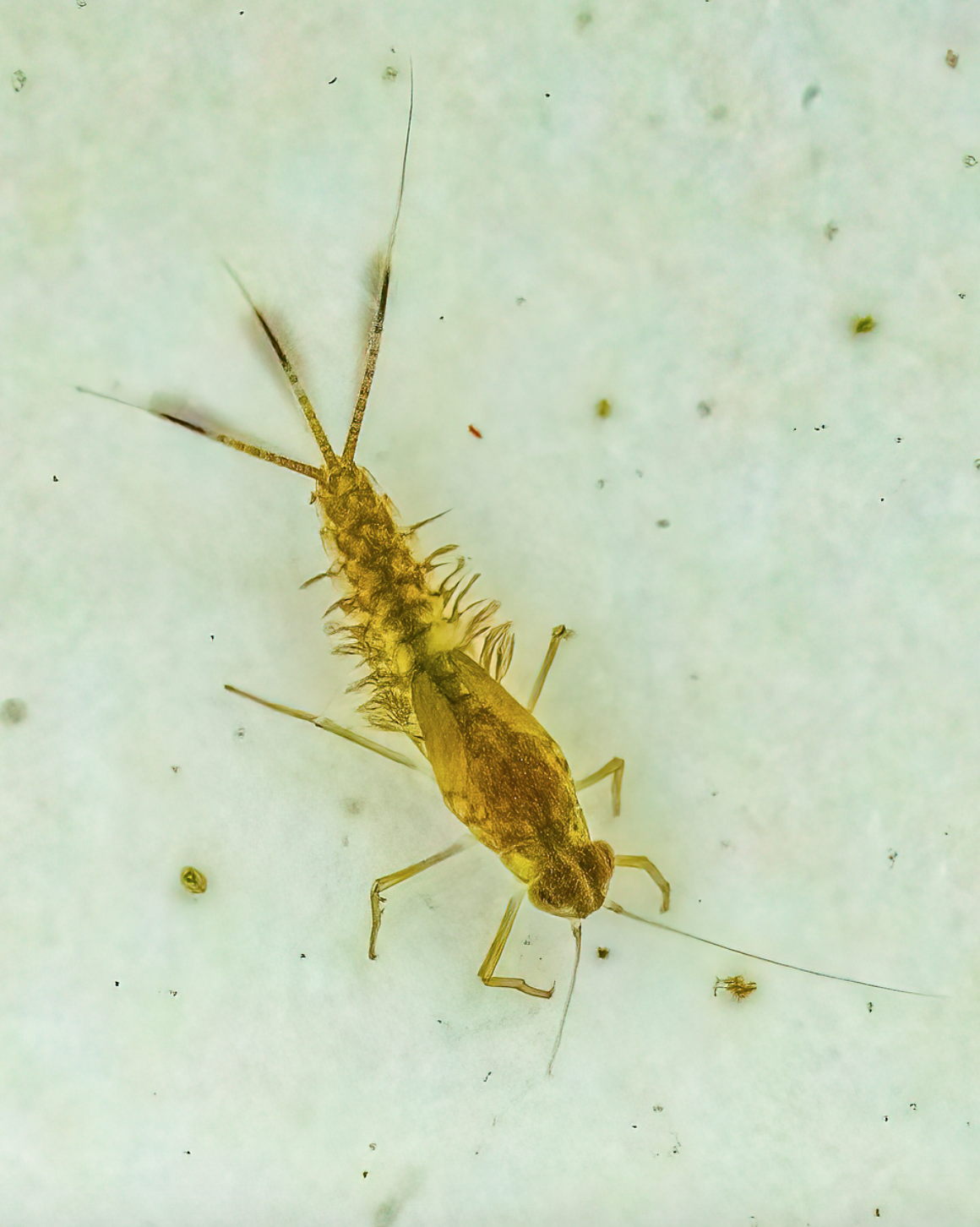

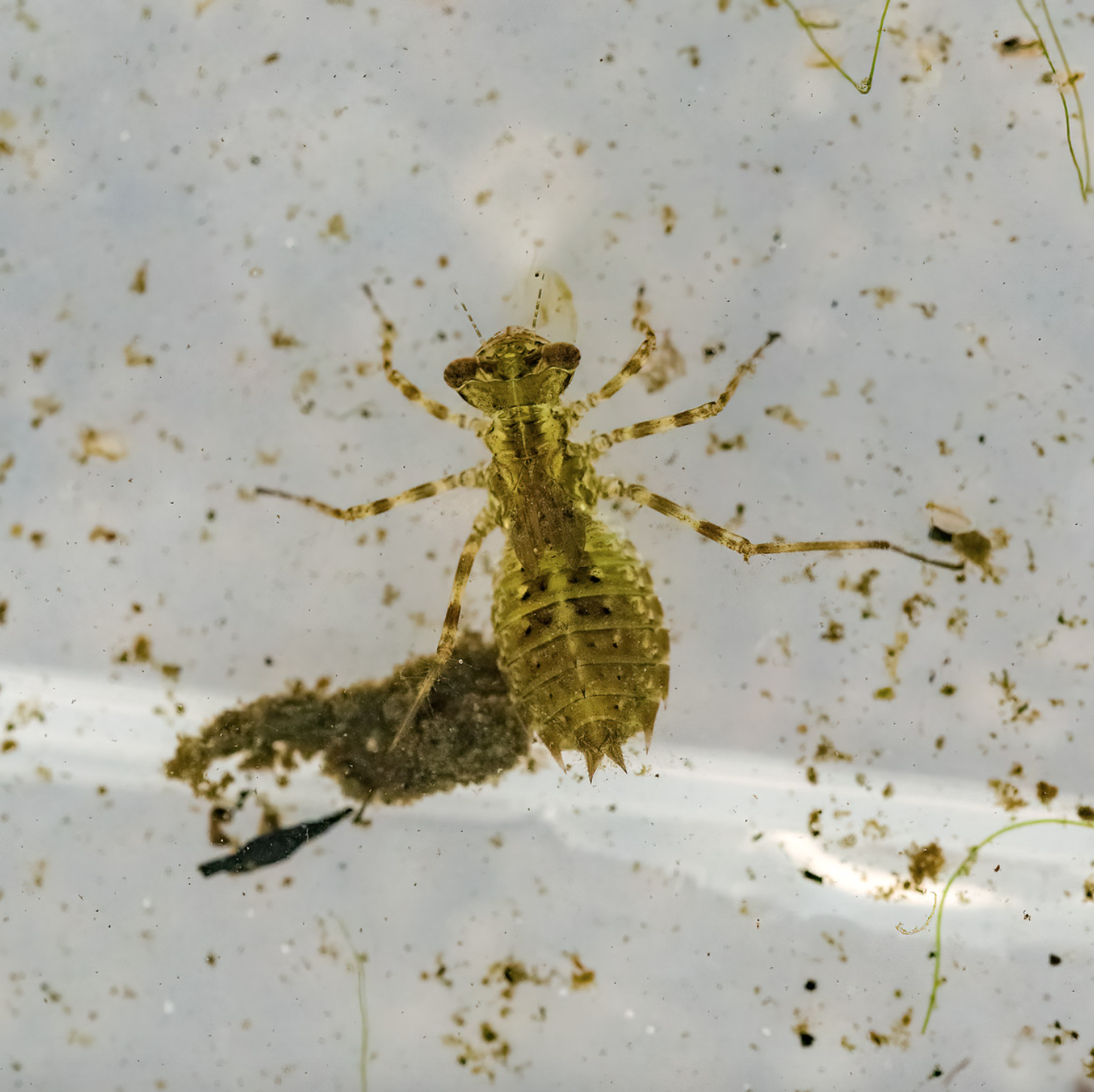



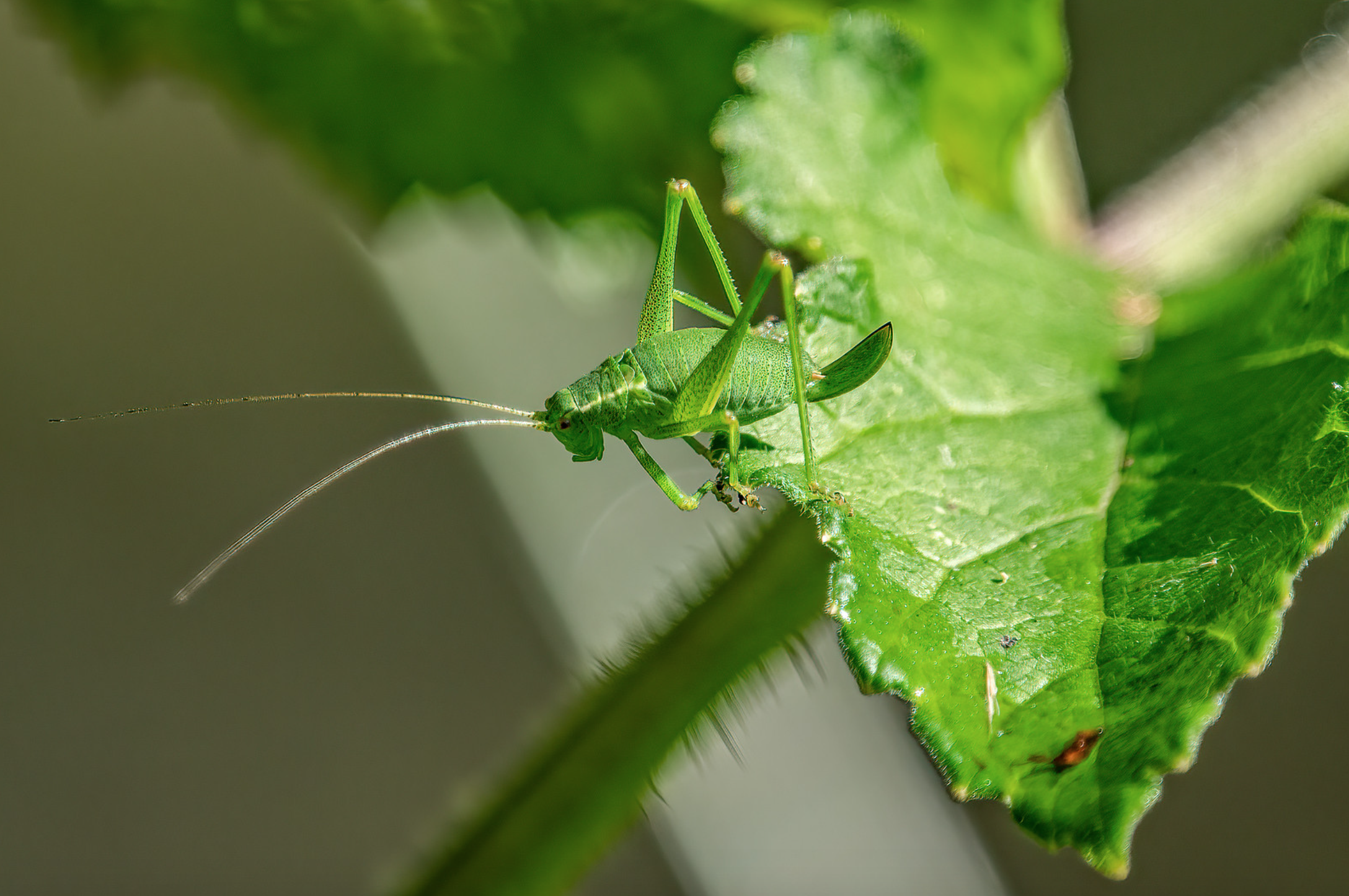




Expand the sections below to find out more about Westbury Wildlife park and the flora and fauna that can be found here
-
Take a walk along our woodland path and (if you look close enough) will find some unique and quite wonderful wilderness. From mighty Oaks to the Roundmouth snail, a nationally rare mollusc. The relatively undisturbed woodlands in the wildlife park are rare in an urban environment and in the 13 acres of The Westbury Wildlife Park give the feel of nature being left to do what it does best. You can still see some of the old animal pens, now decaying but they in their entropic state host an abundance of micro-cultures, Mosses, Lichen and Fungi, Invertebrates, Molluscs, predators and prey all find home in this reclaimed grazing land, now a forest.
Rare trees and ferns have found an undisturbed home due to the fact there are no grazing animals to eat the saplings and new shoots. The Wild Service tree, Wych Elm, Sessile Oak, also a diverse bed of ground flora Hart's-tongue Fern, Ivy Broomrape, Early Dog Violet, Red Campion, Yellow Archangel and Common Figwort all thrive because of the absence of Deer and other grazing animals. Millions of Landhoppers under every rock just pick a rock up and discover whole new worlds.
Close your eyes and open your other senses. Springtime the smell of wild garlic fills the damp riverbanks, the early summer rains dampen the fallen wood and mixes with the fresh leaves on the trees. In the autumn the smell that comes off the mossy natural detritus alongside the burbling of the river, it has a feel of a temperate rainforest. You could be anywhere in the countryside as winter brings its own sensory surprises and the frosts can be felt and bring you back to memories of mittens attached with string and mossy fallen logs.
To help the woodlands at the park the best thing we can do is to an extent leave it alone, Thinning and coppicing non native trees such as Sycamore and Norway Maple saplings will give the opportunity for the native species of trees and flowers to thrive. Anything cut down can be left as a habitats for insects and birds and create natural barriers to stop the most invasive of all animals accessing this amazing canopy, us humans.
-
Walking the old footbridge over the river Trym sunlight basks the valley. Grassland and scrub dominate this side of the river. The long grasses seem to dominate the slopes but in between the grass seeds are a cornucopia of plants and wildlife. This is the most biodiverse area of the park. With no grazing in the meadows since the last shetland pony passed in 2015, bramble and grasses have taken over this sunny pasture.
South facing and baked in the summer sun makes a dramatic difference to the rest of the grassland and woodland in the park. The changes from spring to autumn are dramatic and glorious. Spring welcomes the low lying flowers with Daisies, Clovers and Vetches protruding through the short grass. Summer brings Ox-eye Daisy, Lady's Bedstraw and Hairy St John's-wort a traditional remedy for maladies of the mind. In the autumn the taller and beautiful yellow Evening Primrose shoot up over the grass with the Thistles and Knapweed. Over 50 species of flora support the invertebrate community in the grasslands that are in turn food for the array of birds hiding in the Scrub.
Jays, Robins, Song Thrush, Long Tailed Tits, Black Birds, Wood Pigeon feast themselves while keeping a close eye for predators. The enormous Blackberry islands provide amazing cover for all the birds, you will see the daring Robin dash out of the bushes to clean up any mess made by volunteers, keeping a close watch out for over turned rocks. Making sure that if there is any thing to eat they are on hand to get it. Skittish tits fly in and out, picking their moments and making absolutely sure they are not being watched.
Carpenter bees and digging Beetles scurry and buzz around the dead wood. Making homes in the hollow stems of the brambles, although considered a weed these islands of briar and scrub provide life to so many beasts and critters and along side the grasslands the result is a balanced and precious ecosystem.
Protecting this balance presents a challenge, what one species thrives on is a disaster for another. Different zones will require different strokes, A yearly hay cut is fantastic for the flowers but devastating for the butterflies that pollinate said flowers. Part of the meadow will be kept fallow for a couple years to encourage butterfly hibernation. Whilst another part will be cut in alternate spring and autumns. It’s a balancing act that is well worth doing.
Nothing man can do can perfectly replicate the herds of grazers constantly on the move from predators in the wild keep that grasslands in control and on an irregular cycle but we can do our best to give all species as much of a chance as possible.
-
The aquatic life in the park has two homes, the River Trym that runs from its source in Southmead. This Inner-city river struggles to cope sometimes with runoff from storm drains and housing misconnections. However the Rivers fragile ecosystem is slowly improving with the great work done by Sustainable Southmead and Westbury-on-Trym. Water quality is always a problem for inner-city rivers and the trym is no different. However their is an abundance of wildlife still to be found in the River. Trout and Eels can be found swimming the length of the river in search of invertebrates and other fish and amphibians. River fly, River Shrimp, Damsel and Dragonfly all live along the banks. Ducks, Moorhens and Grey Wagtails nest and feed along the River.
The re-instated Ponds at the park are fed by fresh spring water from Badocks Wood. The Water travels 200m to the first set of ponds in the woodlands of the park. It then travels along the Grasslands and feeds three other ponds. These ponds are constantly filled with clean and fresh water. They all have different properties and boast different species, this is down to their location within the park. Some are situated in full shade, some in part shade and others in full sun and at different depths and water flows; bringing about a dynamic range of wildlife. For example, one might have Smooth Newts and Common Pond Skaters, the other might have Large Red Damselflies and Mayflies. A wide ranges of Mosses and Liverworts and other plant life surround the margins.
With Careful management such as removing leaves and vegetation from some of the ponds every now and then and potentially introduction of Native aquatic plants such as Purple Loosestrife, Watercress, Water Mint, Brooklime Speedwell, making sure margins are left to grow wild and are not cut; not only to provide for wildlife but to stabilise and help it flourish. We can allow the creation of muddy/boggy areas around pond margins. These areas are used by insects for egg laying. We will Ensure longer grass is also close and left alone for frogs and other amphibians.
The ponds in the park are fascinating. Since their reinstation the wildlife has been quick to take advantage of this new habitat. Within months there was a plethora of wildlife using them and this will only improve with careful management and care.
With thanks to Tim Higgs and Dylan Peters for contributing to this page.
